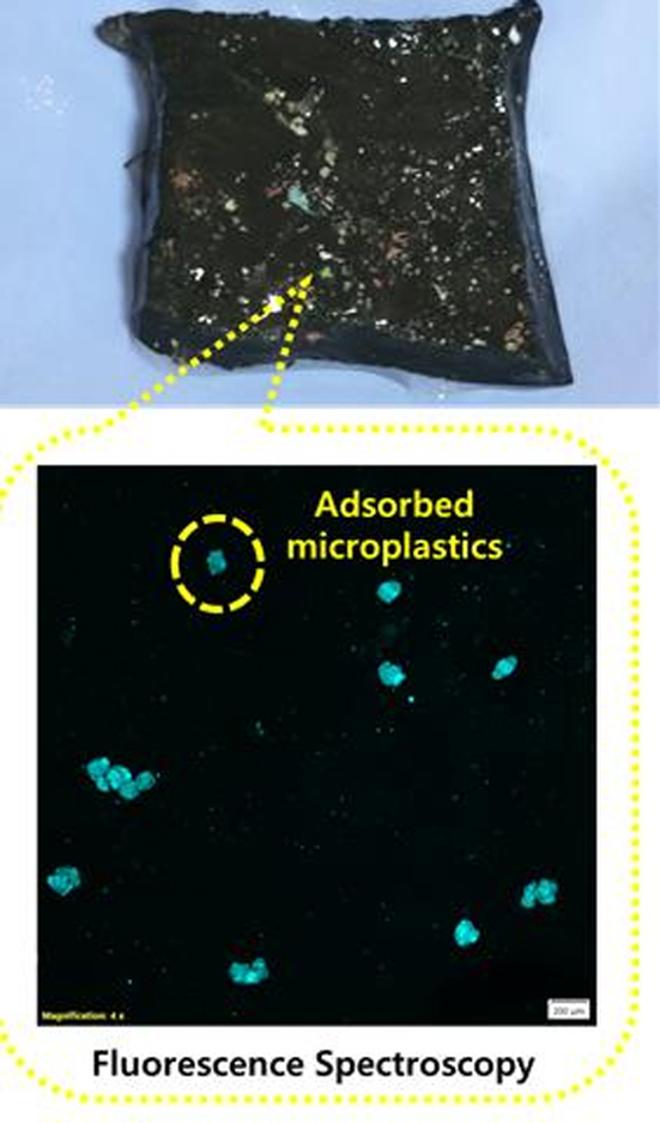
Researchers at the Indian Institute of Science (IISc) have designed a sustainable hydrogel to remove microplastics from water.
According to IISc, microplastics pose a great threat to human health as these tiny plastic debris can enter our bodies through the water we drink and increase the risk of illnesses. They are an environmental hazard and found even in remote areas such as polar ice caps and deep ocean trenches, endangering aquatic and terrestrial lifeforms.
Three-layer polymer
The sustainable hydrogel designed by the researchers has a unique intertwined polymer network that can bind the contaminants and degrade them using UV light irradiation. Scientists have previously tried using filtering membranes to remove microplastics. However, the membranes can become clogged with these tiny particles, rendering them unsustainable.
Instead, the IISc team led by Suryasarathi Bose, Professor at the Department of Materials Engineering, decided to turn to 3D hydrogels. The IISc said the novel hydrogel developed by the team consists of three different polymer layers – chitosan, polyvinyl alcohol and polyaniline – intertwined together, making an interpenetrating polymer network (IPN) architecture.
The team infused this matrix with nanoclusters of a material called copper substitute polyoxometalate (Cu-POM). These nanoclusters are catalysts that can use UV light to degrade the microplastics. The combination of the polymers and nanoclusters resulted in a strong hydrogel with the ability to adsorb and degrade large amounts of microplastics.
“Along with treatment or removal of microplastics, another major problem is detection. Because these are very small particles, you cannot see them with the naked eye,” said Soumi Dutta, first author of the study published in Nanoscale.
To solve this problem, the researchers added a fluorescent dye to the microplastics to track how much was being adsorbed and degraded by the hydrogel under different conditions. “We checked the removal of microplastics at different pH levels of water, different temperatures, and different concentrations of microplastics,” said Prof. Dutta.
The hydrogel was found to be highly efficient – it could remove about 95% and 93% of two different types of microplastics in water at near-neutral pH (∼6.5). The team also carried out several experiments to test how durable and strong the material was. They found that the combination of the three polymers made it stable under various temperatures.







